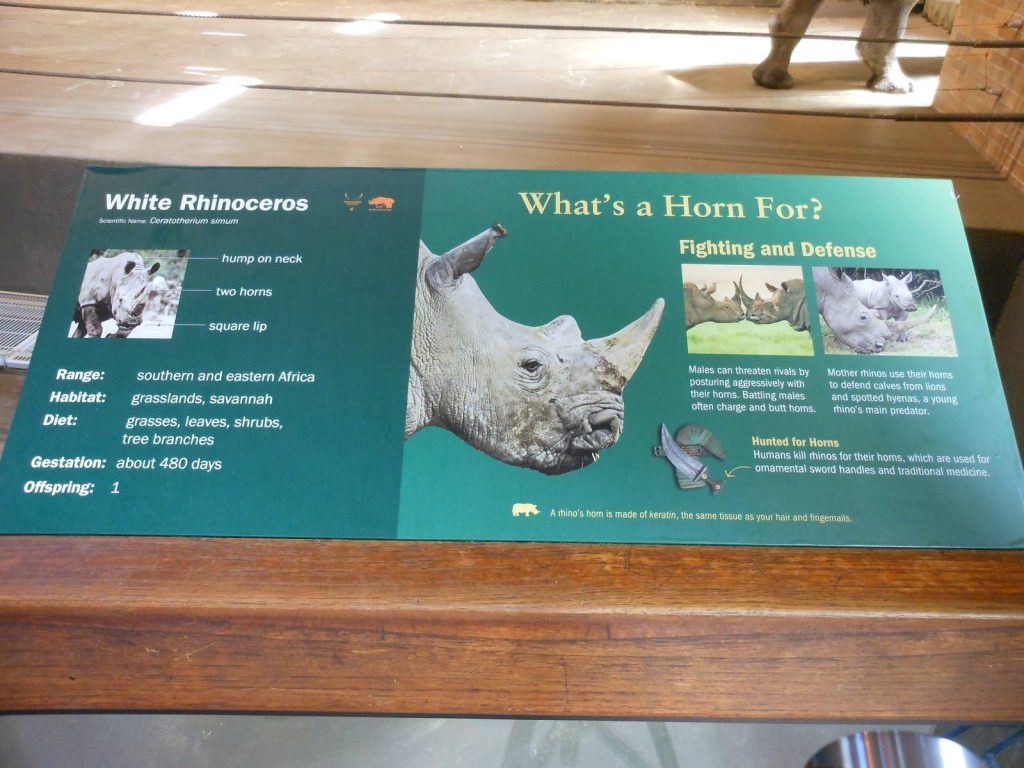
Lack of Information, Unanswered querys: Zoo Signage often creates a frustrating experience for visitors, hindering their ability to appreciate the wonders of the zoo. Imagine visiting a renowned zoo, brimming with exotic creatures and captivating habitats, only to be confronted with confusing or incomplete information. This frustrating lack of clear communication can lead to disengagement and a missed chance for learning. This article will delve into the issues surrounding inadequate zoo signage, exploring its negative impacts on visitors and proposing practical solutions for improving the visitor experience and fostering a richer appreciation for the zoo’s mission.
Understanding the Problem: The Impact of Poor Zoo Signage
Inadequate Information Creates Confusion
Visitors often struggle to grasp the information presented in zoo signage, leading to confusion and disorientation. The visual clutter, lack of clarity in language, and inadequate contextualization can make the exhibits less impactful and dismissive of the animal’s background. Poor signage can also lead to missed opportunities for learning, as visitors may not fully understand the animal’s behavior, conservation status, or habitat. Studies have shown a strong correlation between the clarity of signage and visitor engagement; clear signage fosters a positive and immersive experience.
Unanswered querys and Missed Opportunities
Frequently, visitors are left with unanswered querys about the animals or the exhibits. This leads to a diminished appreciation for the zoo and its educational value. Visitors often want to learn more, but vague or incomplete descriptions leave them feeling underwhelmed and unable to process crucial information. This problem is exacerbated by signage that is not culturally sensitive, failing to consider the needs of all visitors.
Designing Effective Zoo Signage: Practical Solutions
Creating Engaging and Informative Displays
Effective zoo signage should focus on clarity, conciseness, and visual appeal. It should engage all visitors, irrespective of their literacy or language proficiency. Employing a clear layout, high-quality images, and a variety of interactive elements can make the information more captivating. For example, interactive kiosks with multimedia displays can offer detailed descriptions and insights. Consider using videos, augmented reality, or touchscreens to create an immersive and educational experience.
Prioritizing Accessibility and Inclusivity
Zoo signage should prioritize accessibility for all visitors, including those with visual or cognitive impairments. Utilizing various visual aids, large print, and alternative text for images is crucial. For example, providing audio descriptions of exhibits for visitors with visual impairments, and translating signage into multiple languages, can create a more welcoming and inclusive environment.
Implementing thorough Signage Strategies
Assessment of Existing Signage
Conducting a thorough assessment of existing signage is essential. This includes evaluating the clarity of the text, the accuracy of the information, and the efficacy of the visual design. Focus groups and surveys can help pinpoint areas for improvement. Reviewing the existing signage will pinpoint opportunities for improvement.
Incorporating Data-Driven Improvements
Data examination can reveal patterns in visitor behavior and preferences related to varied signage types. Analyze visitor feedback forms and comments to assess the areas in which current messaging is lacking. Tracking visitor engagement through surveys, feedback forms, and observation can also reveal how varied sign types are affecting engagement.
Case Studies and optimal Practices
achievementful Signage Strategies
Zoos that have effectively addressed the issue of poor signage often incorporate diverse design elements and interactive components. For example, using clear and concise language, alongside visually appealing infographics and high-quality photographs can help visitors grasp the critical information quickly and easily. A clear call to action can improve visitor understanding of the exhibits, and boost the engagement of a myriad of visitor personas.
Lessons Learned
Case studies from other zoos reveal that achievementful signage often combines high-quality imagery with informative text. Providing specific details about the animal or exhibit, rather than just presenting general information, is key. The quality and clarity of the text presented directly affects visitor experience.
Related Post : Weather Woes, Ruined Zoo Trips: Rain and Extreme Heat.
Promoting Visitor Engagement through Signage
Storytelling and Sensory Experiences
Integrating stories and sensory experiences into signage can greatly enhance visitor engagement. Use evocative language that inspires curiosity and encourages visitors to explore the exhibits further. Incorporate tactile elements, such as textures or specimens related to the animals’ habitat, to stimulate visitors’ senses. Providing clear and concise details about the animal’s habitat or background can help visitors form a better connection with the animals.
Creating Interactive Exhibits
Interactive displays can transform the visitor experience, encouraging exploration and engagement. This can include touchscreens, videos, and educational games. Incorporate real-time updates, maps, or information displays to enhance the experience. Engaging visitors through interactive exhibits is crucial to a rich visitor experience.
Frequently Asked querys
What are the most common reasons why zoo signage fails to engage visitors?
The most common reasons include unclear or overly technical language, lack of visual appeal, and missing context about the animals or exhibits. Sometimes the formatting of signage or placement makes it difficult to read and process information. Visitors may struggle to determine the key message from signage due to the overall design and layout.
How can zoos use technology to improve visitor engagement through signage?
Zoos can use technology in various ways, such as augmented reality (AR) apps, interactive kiosks, and multimedia displays to deliver immersive and engaging experiences. AR apps can overlay information onto images of animals or exhibits, providing detailed details or pertinent background information. These solutions will foster a deeper understanding and appreciation for the animals and the habitats.
In conclusion, inadequate zoo signage significantly impacts visitor experience and understanding. By implementing clear, concise, and engaging signage, zoos can foster a deeper appreciation for animals, conservation efforts, and the educational value of their exhibits. Zoos should prioritize thorough signage assessments, invest in innovative design solutions, and actively solicit feedback to create a truly enriching environment for all visitors. To ensure effective communication, consider a trial period for implementing these suggestions, closely monitoring the impact on visitor engagement and adjusting signage accordingly.